How To Season A Cast Iron Skillet
As an Amazon Associate I earn from qualifying purchases.
Today I am thrilled to bring you a guest blogger who will be speaking on a topic we all need to know about – how to season a cast iron skillet the right way. As a Mechanical Design Engineer, Richard Hall may seem an unlikely choice for a food blogger, but his heritage, common-sense know-how, and generosity in sharing his knowledge with us make him the perfect choice for a topic of the utmost importance to any Southern cook! Thank you, Rich!
Hey all,
Since Southern Plate has all these great Southern recipes, I thought it might be useful to share how to season a cast iron skillet or other types of cast iron cookware. You may ask, what is seasoning and why do I need to season my cast iron skillet? The answer is very simple. Seasoning makes it non-stick like all the new miracle cookware. And the why is you can buy and maintain a non-stick skillet with nothing more than vegetable oil and shortening and common sense and it will never wear out. The cast iron skillet can be used to cook on the stovetop, the oven, or the grill. A good iron skillet can be passed down as an heirloom if taken care of properly.
What You Need to Season a Cast Iron Skillet
It is very simple to do albeit a little messy. What you will need is:
- The cast iron skillet
- A box of vegetable shortening, which can be purchased in your favorite supermarket for less than $2.
- A roll of heavy paper towels
- Your oven
Just a quick note, the seasoning of a new skillet and the re-seasoning of an are the same except for the first step. So let’s get started.
How to Season a Cast Iron Skillet
Wash new skillets before seasoning
Make sure your new has been washed in hot water and mild dish soap. This will remove the factory anti-rust coating. For re-seasoning an existing skillet, just make sure to wipe the entire surface with hot water and a clean washcloth or a paper towel (sponges need not apply). Dry the skillet by heating it on the cooktop then let it rest and cool. Preheat your oven to 200 degrees.
Season with vegetable shortening or oil
Fold the paper towel into a fourth and place a dollop of vegetable shortening in the skillet. The size is not important, but for a 10” skillet, use about 1/4 of a cup. More can be added as required to cover.
Instead of lard or vegetable shortening, use any kind of vegetable oil. I recommend refined coconut oil as it has a higher smoke point.
Take the paper towel and coat the interior, the exterior down to the bottom edge, and the handle liberally.
I don’t coat the very bottom of the skillet, as any cooking surface that it touches will make smoke and just burn off the shortening or oil.
Place the skillet in the oven
Once you have the skillet coated, place it in the oven (at 200 degrees) and set a timer for 3 hours. This low temp will open the cast iron pores up and allow the vegetable shortening to penetrate as it liquefies.
Remove from the oven
After the time is up, cut off the oven and let the skillet cool. Once it is cool enough to touch, wipe it down with another paper towel to remove any or vegetable shortening and just leave a on the surfaces.
In another hour or so, wipe it down again.
After this final wipe, the skillet will continue to cool and in about an hour will look like the last picture.
Using Your Cast Iron Skillet
Now you are ready to use the skillet. For the first couple of uses, cook something greasy like bacon or sausage. This will help heat cycle and re-coat the interior surface which will make the non-stick coating better. Also, be aware that it is going to smoke for the first couple of uses as it heat cycles and burns off the water trapped in the pores and the excess vegetable shortening.
To maintain the skillet you will need to wipe the interior every couple of months with bacon grease during a heat cycle or cook something greasy and re-season about every 2 years following the process above.
Also, don’t let food sit in the skillet as this will remove the seasoning.
After each use, wash the skillet out using a very mild soap solution and warm water. NEVER wash in the dishwasher. The reason for using mild soap solution is to keep from removing the seasoning layer.
One other note that I personally do is the drying step after a wash. I will turn the cooktop on to high heat and place the wet skillet on it for about a minute. This will heat the skillet up enough to dry the water and heat cycle the pores. This keeps everything as it should be.
—
If you choose, you can render your own lard from bacon drippings. If you own a microwave bacon-cooking tray it is very easy. Just cook some bacon and let the drippings cool either in the tray or pour them into a bowl or shallow dish while still hot. Once it has cooled and congealed, you can use it just like the vegetable shortening as described above. This is perfect for the occasional re-seasoning of your skillet.
I hope this has been helpful and if you have any questions just direct them to Southernplate.com and I’m sure Christy can find me to get the answers.
See you ’round,
Rich
Before you go, check out these great cast iron recipes:
Southern Cubed Steak and Milk Gravy
Skillet Carrot Cake from Southern Cast Iron

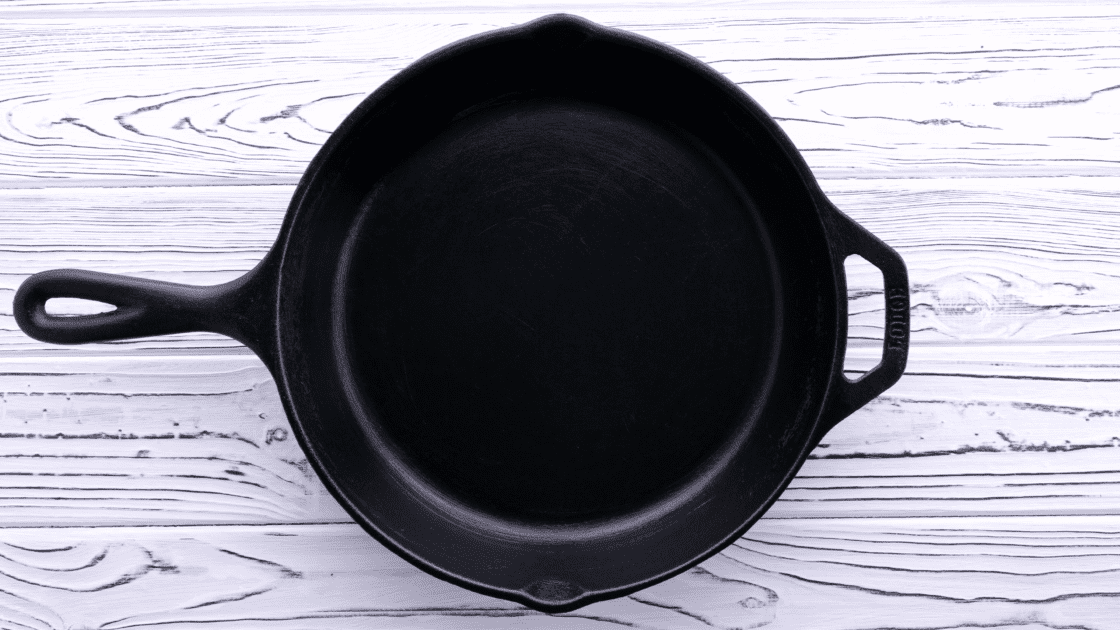
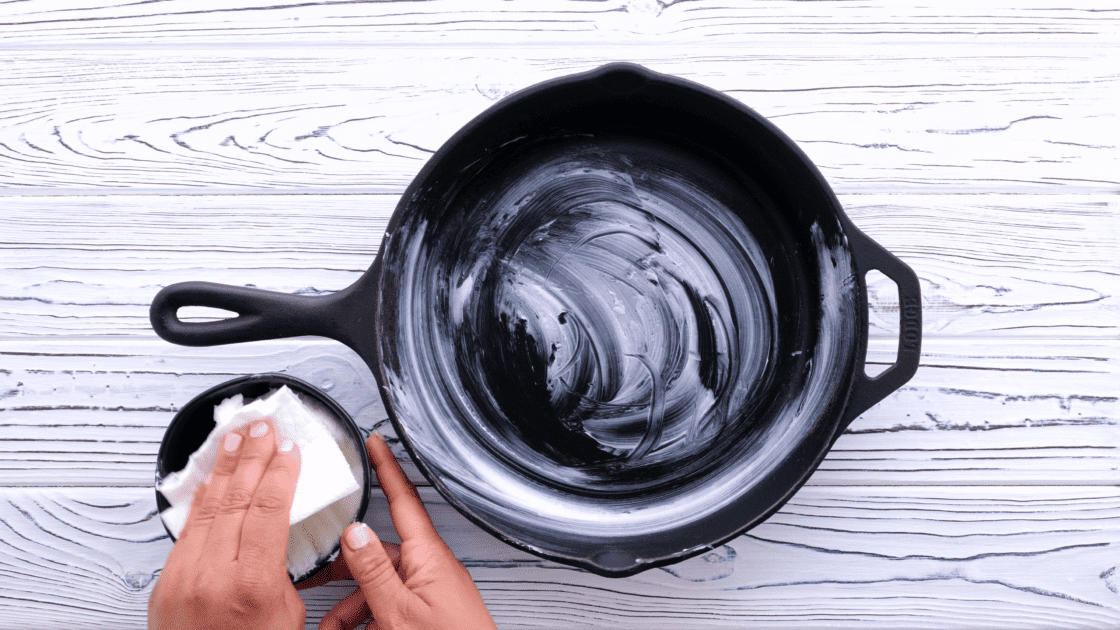
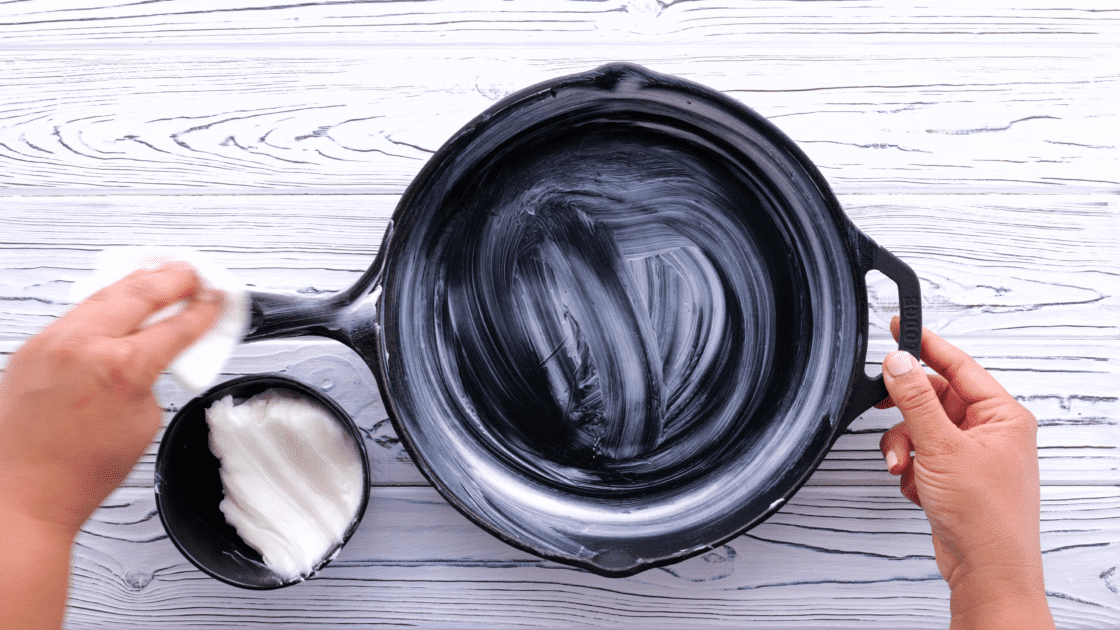
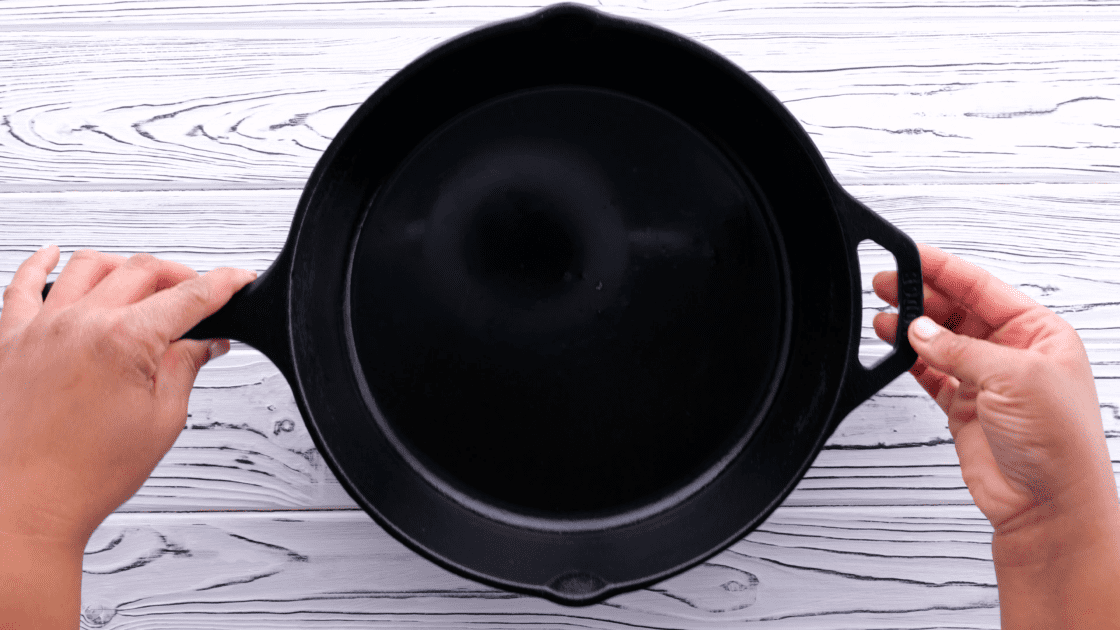

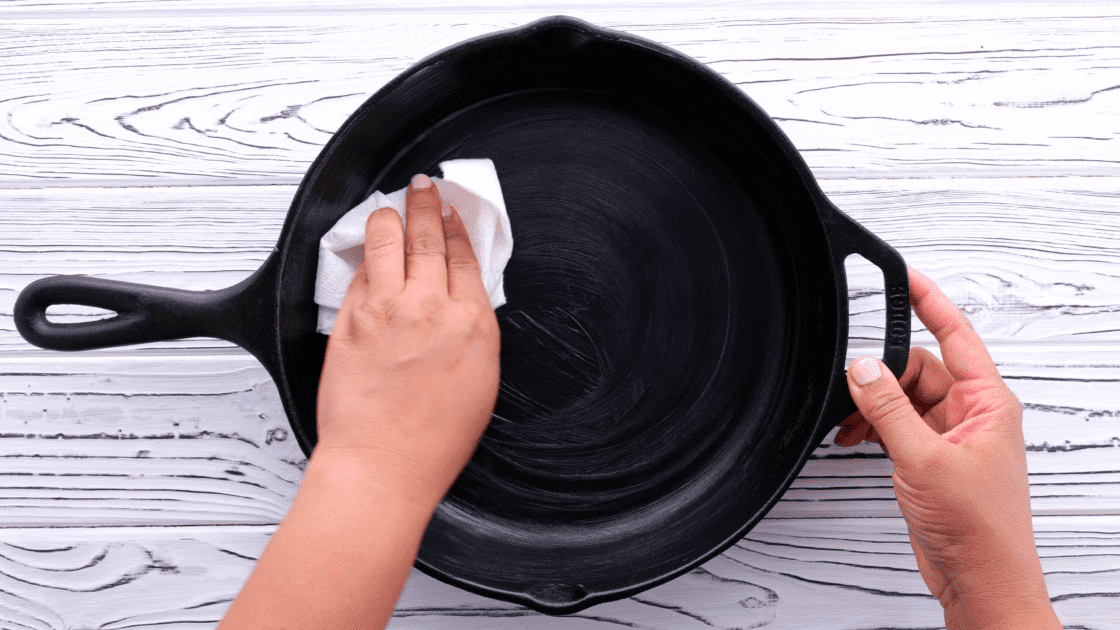


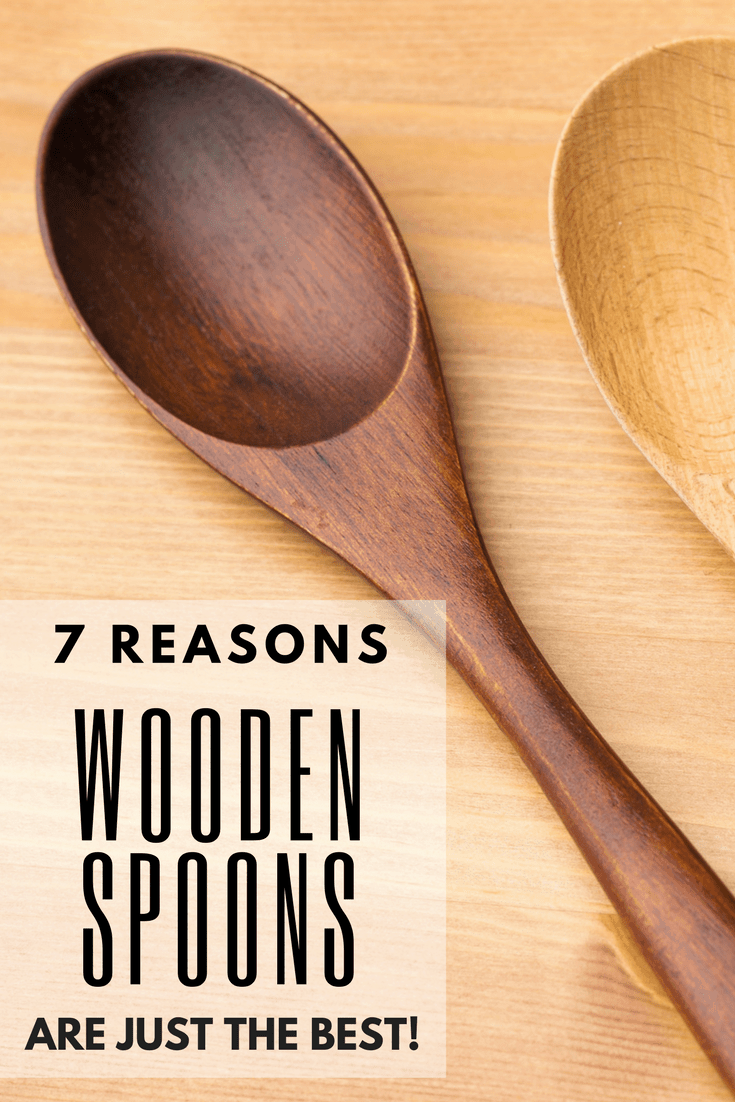


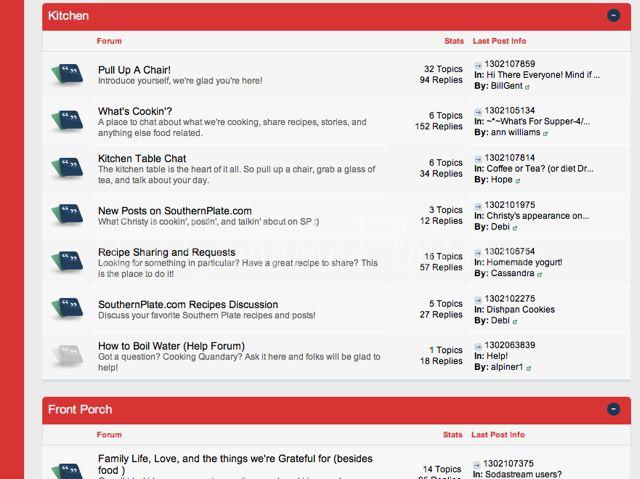
Thanks for the tutorial! I was doing most of that, but I picked up a few details! I acquired two rusty cast iron skillets when I bought my house. I think the previous owners didn’t want to bother cleaning them up! One is a Griswold and the other is Lodge. My father is a cast iron aficionado and apparently Griswold is like the Cadillac of cast iron and Lodge is more like a Chevy Malibu! 🙂
Thanks for the tips, I can’t believe that everyone doesn’t have a grease can/jar sittin on the stove 🙂 and fry bacon for the dog?
No way I don’t their food so they can’t have mine 😉
I love my old dog,and not being hard on him,but usually the first frying in the skillet,dutch oven,or any reseasoning,there is a sorta black,loosing of things,and this gets them out of the way for cooking.I should have explained,but doing this alot,you sorta overlook some things,which are important,to others !! Yes,most all cooks keep the bacon grease.I still got the washpot and large paddle,as a kid,I cooked cracklings and grease out,sometimes for days.Then I also,kept the smoke going in the smokehouse!! I would help clean the hogs,and then help with the sauage stuffing,salt meat,and hang the hams on the old”Bear Grass”!!Some may frown,but such a “wonderful time”!!
That’s reminded me of one of my all-time favorite smells, the old smokehouse. It’s been 15 years or so since I’ve had that privilege. Nothing beat it!!
this is THE BEST cast-iron seasoning tutorial i’ve ever found–thanks, c!!!!!!!!!
homestyle cornbread, on the way!
Funny you mentioned cornbread. I made the best cornbread in my skillet tongiht. It was DELISH!!! I swear, cast iron just ROCKS!
Sorry I got distractd and hit send too soon. This is a great post ’cause I’ve had several people ask me through the years how to season cast iron. It seems dauntin’ to people and now you’re showin’ how easy it is.
I use to season mine over an outside fire. Glad I don’t have to do that anymore, got ’em all broke in for years now. Cast iron is all I cook on or in.
Well,Christy and Bill,I’ve cleaned and seasoned these old pots all my life,which is very long,and for about 30 years,for family and many friends.I used to burn outside on a good oak fire and season in the stove as said in post.I changed when I was about 30 years old,I sand blast the pot,10-15 minutes,and then turn it upside down on a plate of steel(where its lays flat),and take a torch,after greasing,and gradually heat it up,then turn over and do the inside.Now,you stop all the smoke inside the house.After cooling,take in wash properly,and fry a few pieces of bacon for the dog,then clean it and store.So,if you find them laying around,take it to your local sand blaster,if its not broken,and have a new one shortly!! By the way,”Love the site,Christy”, and “You Northern folks,shut that southern door,we here on the Southern Mississippi Coast,love our warm nights”!!
how can I get all the CRUD on the bottom (outside) removed?
My skillet is about 25 years old.
thanks
Carole,
Have you tried hot soapy water and a Brillo or other metal scrubber? How about a steel brush? The last resort is to have them sandblasted. BUT if the junk on the bottom is only cosmetically unappealing, and the inside is seasoned well, I would just leave it on there.